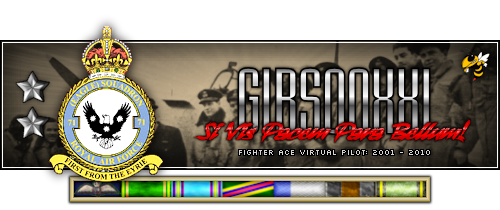2021-02-28, 21:50
(2021-02-28, 19:58)huttdes Wrote: I have a question... all this back up stuff aside... I did find where it saved the backup with phpMyAdmin by the way...
However since all of my packages are installed on Volume 1 it doesn't want to let me delete it even though I have a second volume installed.
This is so frustrating... I generally have zero trouble figuring things out on a PC but when it comes to the NAS I'm freaking lost!!
I'm getting ready to just yank all 5 hard drives out and start over!!
EDIT>>>>> Volume 1 in the process of being removed...
EDIT2>>>> Volume 1 cleared but still RAID6 and it wont let me change it... all data wiped.
If it's been wiped I don't know why it wont let me change RAID type and start over. Shoot me please
EDIT3>>>> I think I'm making progress ... getting my 5x8 set to SHR1
Does the NAS not have a Factory reset feature in the GUI? It won't allow you to delete volume 1 since that's the volume the OS is installed on. The NAS doesn't run off firmware only. The firmware will be responsible for expanding a base image for the OS, but it will be installed on the RAID array and obfuscated (hidden) from the user, hence the need to use SSH to get at it.
I don't get why your wanting to remove volumes, this won't change anything. A reset will return the NAS to stock settings, but the security restrictions Synology have put in place to deter you from messing with it will remain. You'll still need to use work-arounds to get it working how you want it to, rather than the "walled-garden" they are offering you. Think Apple & Jailbreaking iPhones.
Not only that, it insulates them from support requests by people messing around with things, then the unit going pear shaped and asking them for support.

Dan / Gib.


